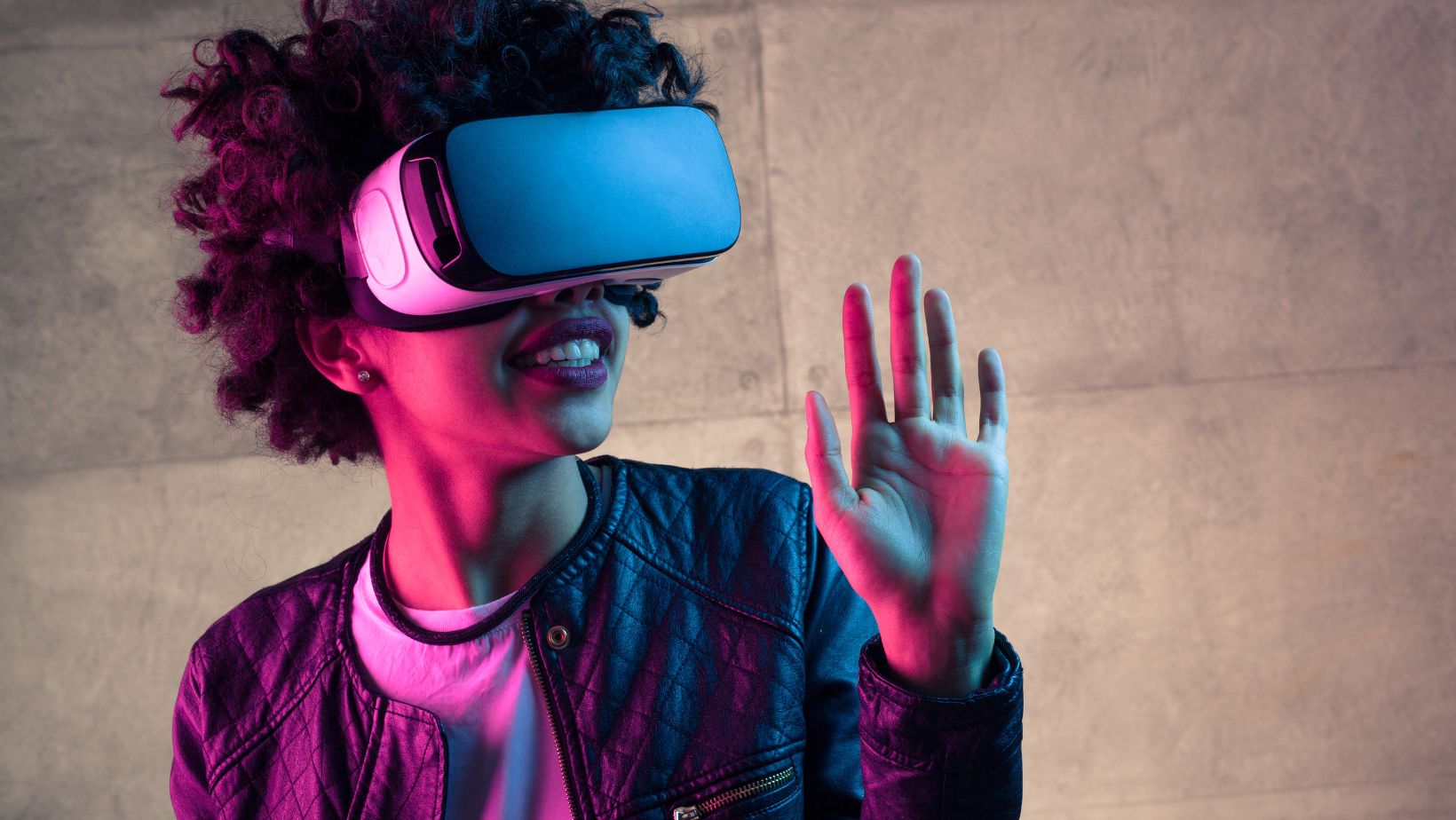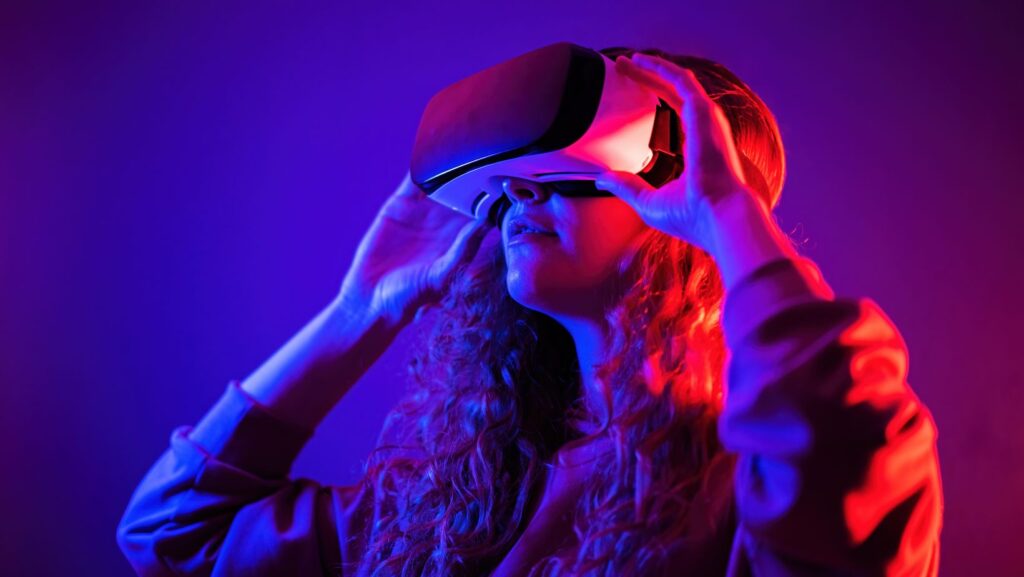
The Mirage Of Neutral Innovation
Virtual reality is always sold as progress. Headsets, haptic gloves, sleek marketing—everything whispers inevitability. But technology is never neutral. It comes wrapped in the logic of capital. Who designs it? Who profits? Who is excluded? These are the questions that cut through the glossy demos. VR could be a tool for collective empowerment, but in the hands of corporations, it too often becomes a playground for surveillance, data extraction, and commodified distraction.
Escapism Or Collective Space?
Defenders of VR argue it creates connection. They point to multiplayer platforms, digital concerts, even activist meetings in virtual squares. But look closely and you’ll see tension. Escapism can blunt political anger. If workers retreat into simulated worlds after ten hours on the assembly line, is VR building solidarity, or numbing it? Escapism under capitalism is rarely neutral—it functions as a pressure valve, ensuring discontent never fully explodes.
The Hidden Costs Behind The Headset
The shiny goggles hide darker realities. Rare earth minerals mined under brutal conditions fuel this industry. Electricity to power endless servers comes from grids still dominated by fossil fuels. The waste of discarded devices piles up in landfills. VR’s supposed “futurism” relies on extractive chains that echo colonial logics. Every new gadget connects Silicon Valley to cobalt mines in Congo, to exploited labor in factories across Asia. These connections aren’t glitches in the system—they are the system.
Corporate Dreams, Worker Nightmares
While executives speak of “innovation ecosystems,” workers on the ground live the nightmare of speed-ups, algorithmic monitoring, and precarious contracts. Imagine VR training modules that replace skilled educators or trainers, cheapening knowledge into rote simulations. For capital, this is efficiency. For workers, it’s deskilling, surveillance, and disposability. The promise of “immersive learning” becomes another excuse to squeeze more value out of labor.

When Resistance Meets The Virtual
Yet VR is not doomed to serve capital alone. Artists, activists, and educators experiment with collective VR spaces that challenge mainstream narratives. Some create immersive experiences of colonial history told from the perspective of the colonized. Others design cooperative games that emphasize solidarity over competition. These counter-projects show the cracks in the system. Technology, though born in capital’s cradle, can be repurposed for radical ends—if organized communities wrest control from corporations.
A New Frontier Of Control
Let’s not be naïve. For tech giants, VR isn’t just about games. It’s about enclosure. Imagine logging into a world where every gesture, every glance, every pause is tracked, monetized, and sold. This is the next phase of surveillance capitalism. The headset does not liberate you—it captures you more completely. To even enter such a world, you must pass through platforms like 22Bit login, gateways that standardize access while centralizing control. Behind the friendly interfaces lies a deeper architecture of capture.
What A Radical VR Could Be
But what if VR was stripped of its capitalist skin? Imagine worker-run cooperatives building open-source VR tools, designed not for endless profit but for collective use. Imagine unions using VR to simulate strikes, plan logistics, and rehearse solidarity actions. Imagine marginalized communities creating safe, self-governed virtual spaces where their histories and futures are centered. This is not utopian—it’s a direction. Technology can be wrested from profit and reoriented toward liberation, but only if we fight for it.
Lists Of Futures: Paths That Diverge
- VR under capitalism: extraction, surveillance, escapism, commodification.
- VR under collective control: education, solidarity, political rehearsal, mutual joy.
- The choice: surrender VR to capital, or reshape it for liberation.
Everyday Resistance And Technology
We cannot treat VR as something distant, something “too technical” for political debate. Every purchase, every platform, every login ties us to broader systems of exploitation. Everyday resistance starts with awareness and grows into organized struggle. Workers in tech industries can unionize. Communities can demand transparency. Users can support open-source alternatives. Resistance in the virtual must always be linked to resistance in the material.
Conclusion: Headsets Or Horizons?
VR is not destiny. It is a terrain. Like every tool, it carries the fingerprints of the system that birthed it. Capital sees it as a frontier for profit and control. But for those who imagine another world, VR can also become a space to rehearse liberation, to tell suppressed histories, to connect across borders without corporations dictating the terms. The struggle is not over pixels or polygons. It is over power. And if the left refuses to intervene, VR will remain another weapon of capitalism rather than a tool of emancipation.







